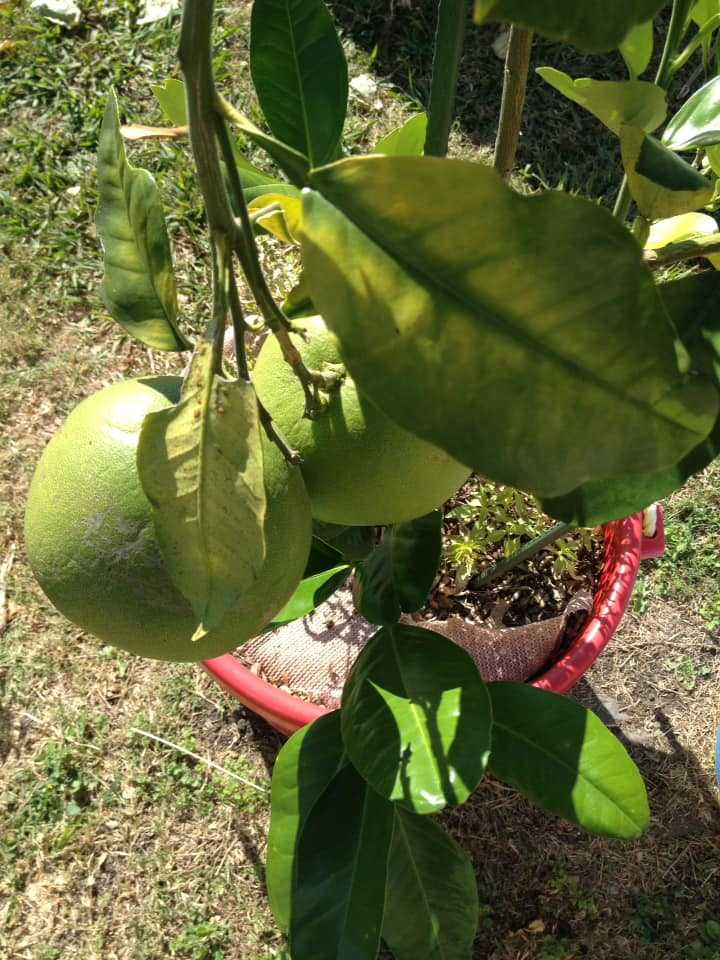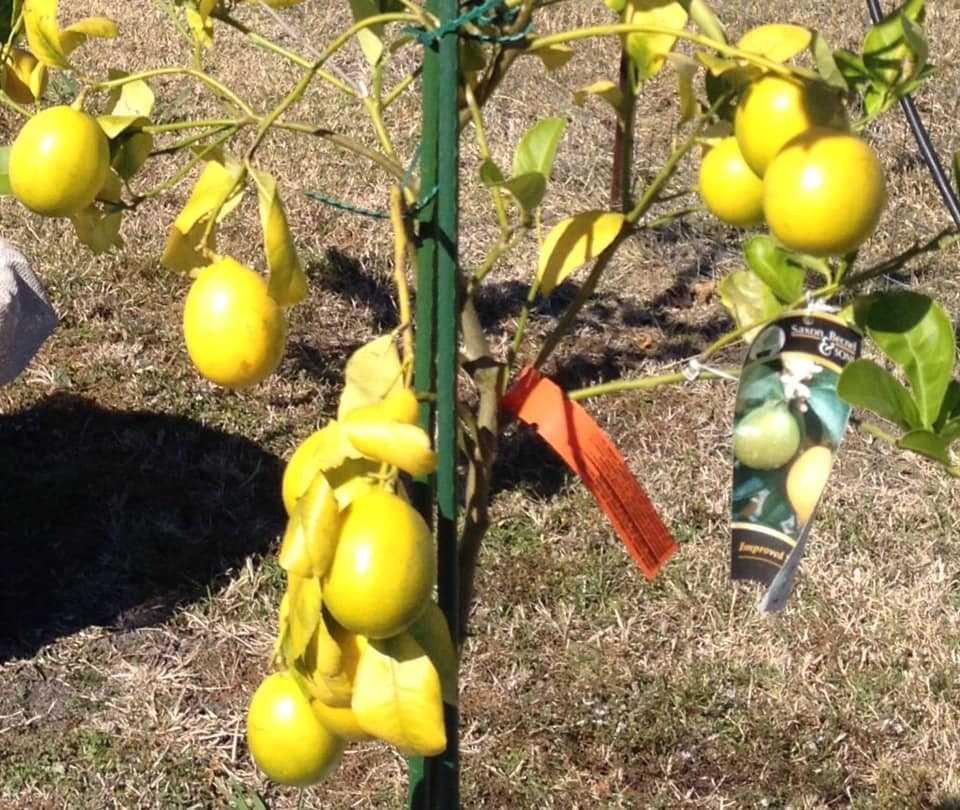Discover posts
I wasn’t utilizing my greenhouse well at all - totally wasting space. So, I put in an aquaponics system and have enjoyed it ever since. Here are some pictures of when it was first set up several years ago and nice and clean! I change out items in the 2 grow beds as needed. Trust me, it's not this clean anymore!

I wasn’t utilizing my greenhouse well at all - totally wasting space. So, I put in an aquaponics system and have enjoyed it ever since. Here are some pictures of when it was first set up several years ago and nice and clean! I change out items in the 2 grow beds as needed. Trust me, it's not this clean anymore!

I wasn’t utilizing my greenhouse well at all - totally wasting space. So, I put in an aquaponics system and have enjoyed it ever since. Here are some pictures of when it was first set up several years ago and nice and clean! I change out items in the 2 grow beds as needed. Trust me, it's not this clean anymore!

I wasn’t utilizing my greenhouse well at all - totally wasting space. So, I put in an aquaponics system and have enjoyed it ever since. Here are some pictures of when it was first set up several years ago and nice and clean! I change out items in the 2 grow beds as needed. Trust me, it's not this clean anymore!



“A brief summary of much social media debate: ‘If you are not as outraged as I am about the issues that outrage me, and if you fail to express that outrage with an intensity and a frequency that satisfies me, you are less than me, and your opinions are irrelevant to me.’
This mindset, found across the spectrum, leads us to define ourselves and others by how much and how loudly we are angry. It is damaging to our souls.” -Mike Gaston
“Open discussion was the hallmark of the Enlightenment and the birth of the modern age, with a state that allows freedom of speech, press, and religion. That new era was grounded in the conviction that free discussions would allow what is true and right to triumph. The case was made by philosophy John Locke, who greatly influenced the Founders of America.
Moderns rejected the old way, that of suppressing certain ideas as dangerous, for example by burning heretics and their books. The new approach was to defeat their ideas. That approach depended on critical thinking born of education and enabled by a free press.
Sadly, we are going back to the old way where enlightened elites decide which ideas are too dangerous for people to hear. We are going back to burning heretics rather than persuading them.”
-Dr. Brian Morley
#freedomofspeech
Fruit jams available for $6.00 a jar. Wine jellies available for $8.00 a jar. PM me with choice of flavor, quantity, day/time for porch pickup.
Fruit jams - with nice bits of fruit
Blackberry
Blueberry
Peach
Strawberry (sold out)
Caramel Apple
Carrot Cake
*Wine jellies - alcohol content cooks off leaving the smell and taste of the flavor
Arbor Mist Pink Moscato Pineapple Strawberry
Arbor Mist Mango Strawberry
Barefoot Red Moscato

TIP: As this platform only has 3 visibility settings
(Everyone, Friends, Only Me)
if you want to interact with people without laying bare your whole life,
try creating a page, group, or topic in the forum.
GROUPS can be set to private/invite only.
Don't forget to change the privacy settings on your posts
if you don't want everyone to see them!









